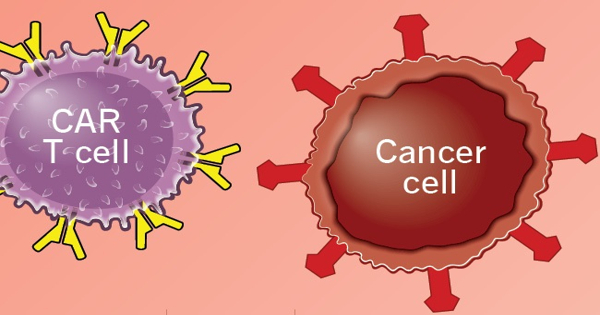Over 145 million Americans presently have tattoos, and since the turn of the century, popularity for this very traditional practice has been rising quickly. However, have governmental laws kept up with this rise in interest, or have certain harmful chemical substances found their way into our bodies?
Researchers from Binghamton University’s Swierk Group set out to investigate how light affected tattoo removal. According to the lead researcher John Swierk, who presented his findings to the American Chemical Society (ACS), after researching laser light removal, “I found that very little is truly known about the composition of tattoo inks, so we started examining famous brands.”
In their interviews with tattoo artists, researchers discovered that knowledge of the chemical make-up of well-known ink brands was lacking in the community. The researchers discovered that dye stores weren’t producing colours specifically for tattooing when they looked into the matter more. “Large corporations produce pigments for all applications, including paint and textiles. According to Swierk, tattoo inks also make use of these pigments. He adds that the US currently has no federal, state, or local agencies that control the ingredients in tattoo inks.
The scientists examined 56 different popular ink brands using methods including Raman spectroscopy and electron microscopy and confirmed the presence of chemicals that weren’t stated on the labels. Every time we examined one of the inks, Swierk claims, “we found something that caused me pause.”
“23 of 56 different inks examined to date reveal the presence of an azo-containing dye.” Spierk informs ACS. He continues by stating that azo pigments can be broken down by bacteria or UV radiation creating a nitrogen-based molecule that the Joint Research Centre claims has the potential to cause cancer.
The size of some of the particles they discovered also worried researchers. Half of the 16 inks subjected to electron microscopy analysis had particles with a diameter of less than 100 nanometers. This size of particle can get past a cell membrane and possibly harm the cell.
Early this year, the European Union (EU) tightened regulations on the selling of tattoo inks by outlawing the use of green and blue pigments. The restriction was imposed after the EU’s REACH program determined that the pigments in both blue and green inks could “cause cancer or genetic abnormalities.”
However, the Food and Drug Administration (FDA) keeps an eye on these inks’ safety in regard to any negative side effects they may have after use or when a specific safety issue is discovered (like the contamination of a product).
The Swierk Group developed the whatsinmyink.com website as a database to examine the components of the inks used by tattoo artists and enthusiasts alike. This active list, complete with statuses and analysis findings for each of the inks utilized in the study, may be able to give the sector the resources it needs to help manage the market responsibly.
















